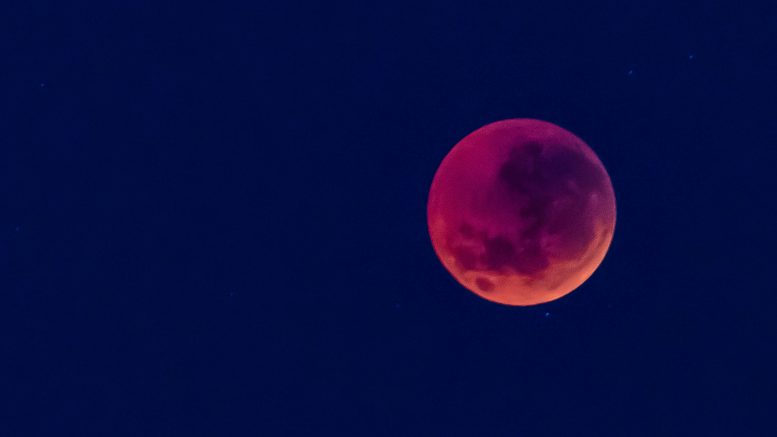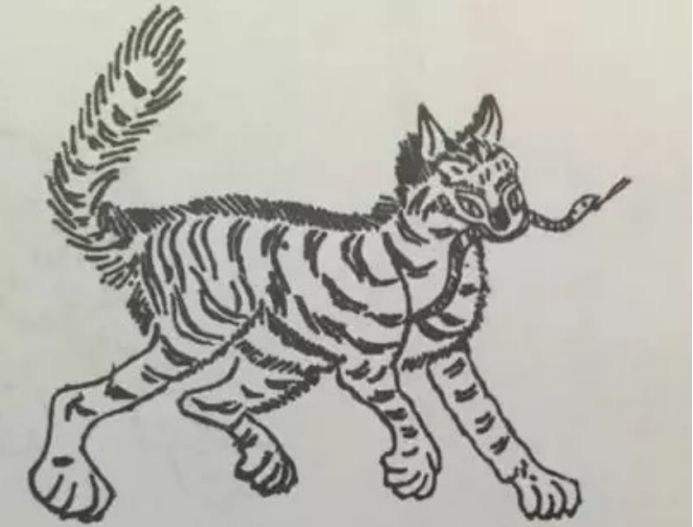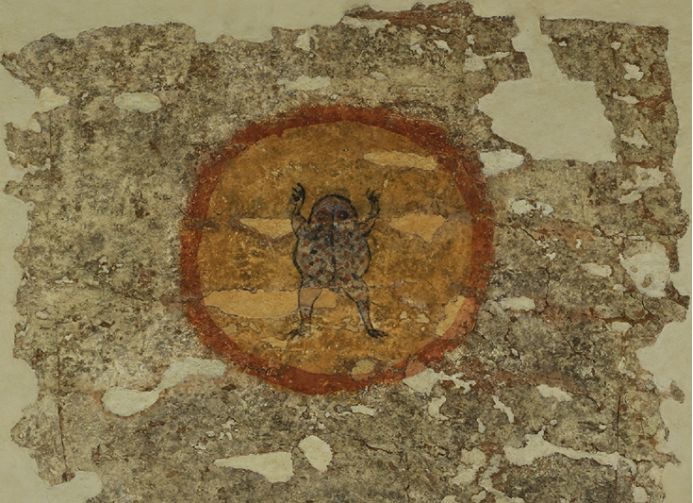The last total lunar eclipse in the UK occurred in January 2019, which means that total lunar eclipses don’t happen very often. However, a total lunar eclipse will also happen this weekend and people around the world will be able to see the Moon’s shadow on Earth.
If you are from South America, North America, Europe or Africa you will be able to enjoy the spectacular eclipse. In the UK, we can see the moon turning red during the eclipse.
During the phase of total lunar eclipse, the Moon appears to turn coppery red. This is because the Earth’s atmosphere bends some of the Sun’s light. Astronomy lovers can take advantage of this weekend to observe the total lunar eclipse. You can learn more about it here.
Different cultures concerning total lunar eclipses:
Among the various myths that explain the causes of solar and lunar eclipses, the most common is that the sun and moon were swallowed by some kind of animal.
In Vietnam, it is believed that Raju, a giant frog, swallowed the sun and moon; in the Caribbean coastal region, it was a giant dragon; in Argentina, a jaguar and in Siberia, a vampire bat were among the animals that swallowed the sun and moon.
In China, two different myths have been created to explain the eclipse of the sun and the moon: the three-legged crow eats the sun and the toad eats the moon, and the dog eats the sun and the moon. The idea of the dog eclipsing the sun and moon gradually spread from the folk to the upper classes during the Ming and Qing dynasties, and after the founding of China it was spread throughout the country through the text “Watching the Moon Eclipse”, which had been in compulsory education textbooks from 1978 to 2001, officially overcoming and replacing the idea of the toad eating the moon (toad eclipsing the moon), which had persisted since the Qin and Han dynasties.
How we will see the lunar eclipse:
This lunar eclipse will take place this weekend, overnight on 15 – 16 May. We can see the eclipse from 2:30am to 5:10am, when the moon will fall below the horizon.
The Royal Observatory in London says the best time to observe is between 4:29am and 5:06am.
If you can’t see the eclipse with your own eyes, or if your view is blocked by clouds, you can watch the eclipse via live streaming. NASA will be live streaming the lunar eclipse on YouTube starting at 2:30am UK time.
Words: Lu Chen | Images: Unsplash.com, ‘Shan Hai Jing’ book and baike.baidu.com | Subediting: Tori Schiefer, Andreea Dica and Summer Rogers




Be the first to comment on "The mystery of the lunar eclipse"